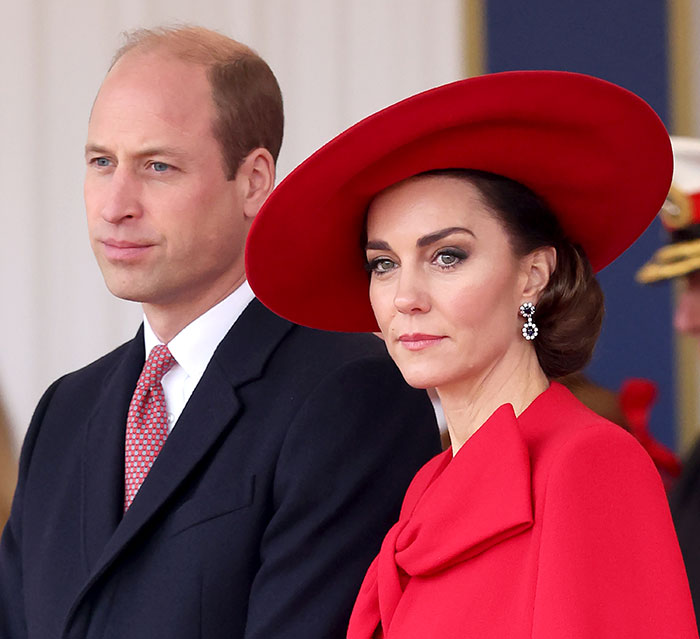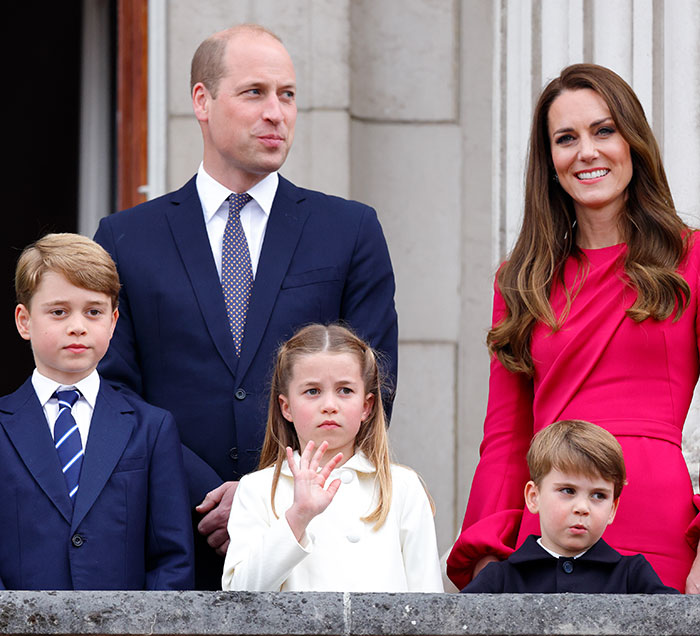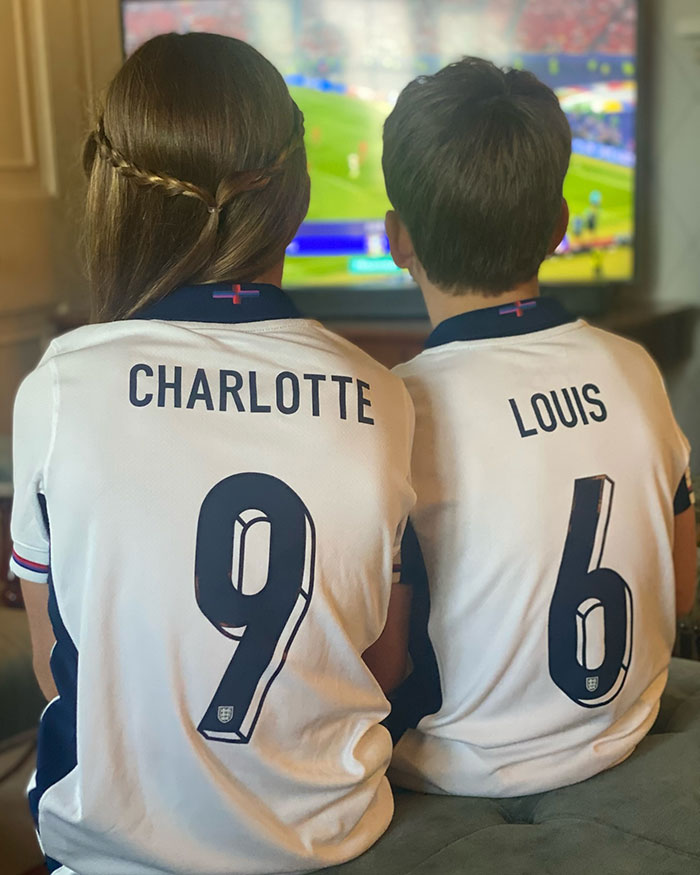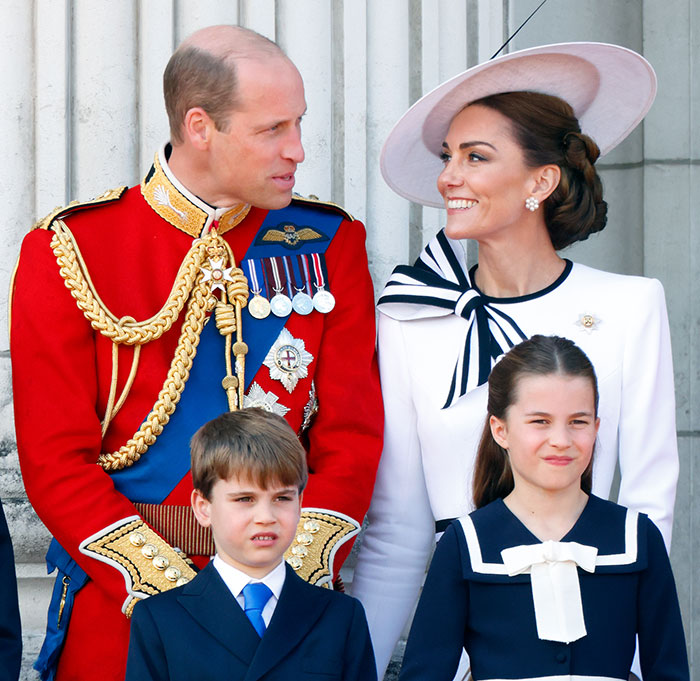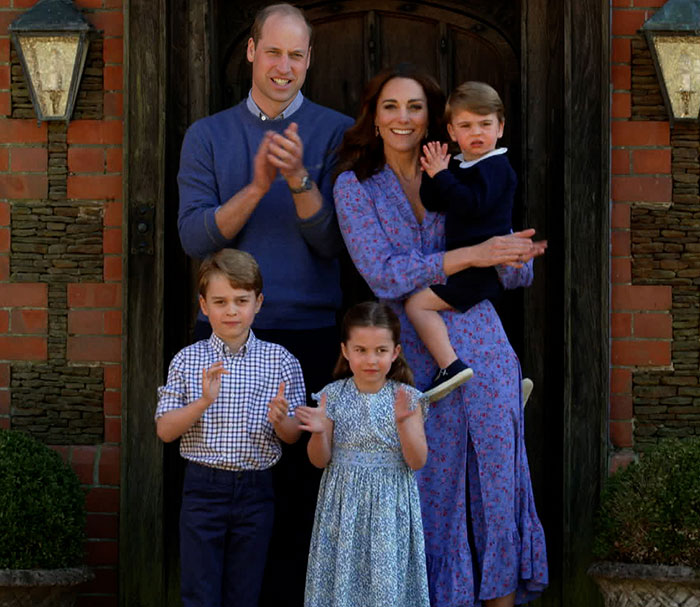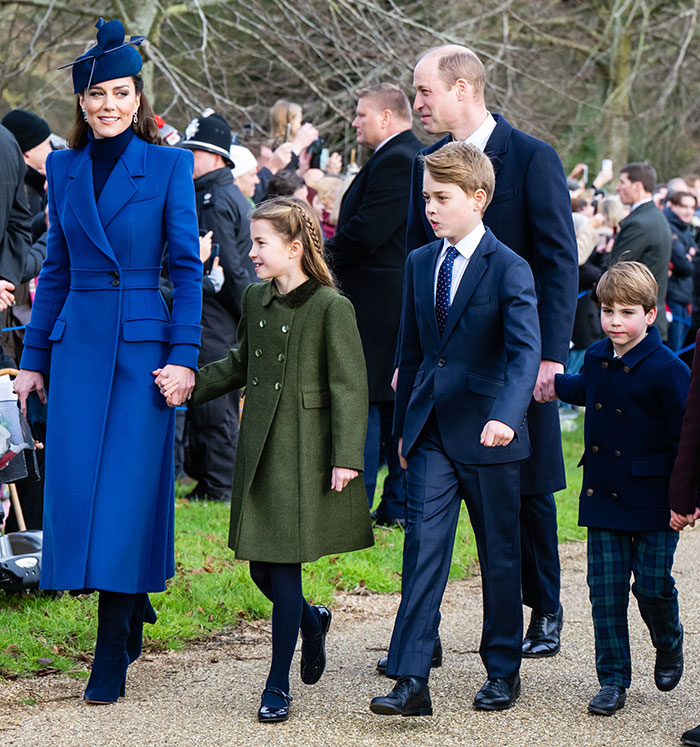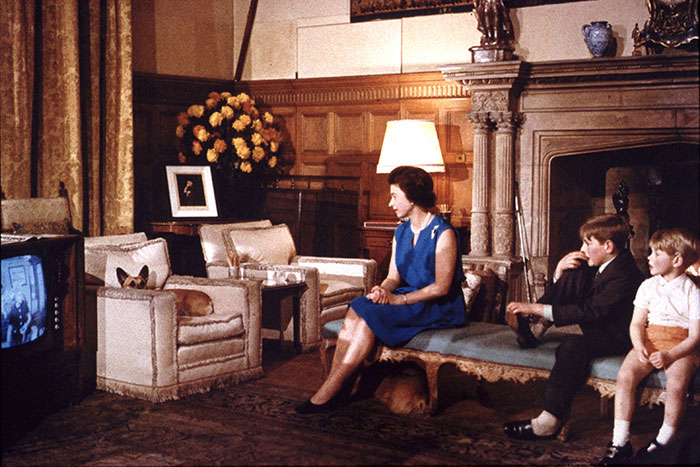A photograph of Princess Charlotte and Prince Louis watching England play against Spain on television during the 2024 Euro football final sparked heated debate about social classes. The snapshot, which was shared by their parents, Prince William and Kate Middleton, further drew comparisons between British and American culture.
Taking to their social media on July 15, the Prince and Princess of Wales uploaded a picture of their youngest children watching their country’s attempt to bring the UEFA European Football Championship Cup home.
Despite losing 2-1 to Spain, the British Royal family showcased their pride, with the heirs to the thrones writing on their Facebook, X (formerly known as Twitter), and Instagram pages: “@england, your teamwork, grit, and determination were an inspiration to all of us, young and old. Congratulations to Spain. W & C.”
Many people enjoyed the rare glimpse of the aristocratic household’s private life, as an Instagram user commented: “Ah precious kiddos! Thanks so much for sharing them with us! We love all of you!!”
A photograph of Princess Charlotte and Prince Louis watching TV sparked a heated debate about social classes
Image credits: Chris Jackson/Getty Images
Nevertheless, a handful of observers took particular notice of the size of William and Kate’s television model, as someone wrote: “It’s also really nice to see a normal-sized tv!”
Meanwhile, on X, a person noted: “If I wanted to explain the class system to an American I would show them this mini TV,” before clarifying: “It was a joke that posh people have small TVs.”
As the X comment caused confusion, a netizen explained: “She’s saying working-class people have giant TVs.
“Which is true, I have an 87-inch (approximately 221 centimeters) monster and I don’t care it’s brilliant.”
Image credits: Max Mumby/Indigo/Getty Images
A separate individual chimed in: “Surely, Kate can afford a bigger screen than that!”
The size of the gogglebox also ignited a juxtaposition between American and British culture, as a commenter penned: “Some people asking why they don’t have a bigger TV as if it wouldn’t be the greatest faux pas in the history of the British class system.”
TVs have become an integral part of US households, with approximately three-quarters of American families with internet owning at least one smart TV, the Kagan first-quarter 2022 US Consumer Insights survey revealed.
The siblings were watching England play against Spain on television during the 2024 Euro football final
Image credits: princeandprincessofwales
And in good American fashion, the bigger, the better. Tellies’ average size in US households has been increasing, with over 45 inches (over 144 centimeters) in 2017, up from under 25 inches (63.5 centimeters) in 1997, research showed.
While 27.3 million households in the UK had a TV in 2022, which is almost 97% of households in the UK, according to recent studies, the size of screens varies across socioeconomic status.
Snobbery about television began to suffuse British cultural life only when it became a mass cultural form in the mid-1950s, The Guardian reported in 2016.
Image credits: Max Mumby/Getty Images
Television abstainers initially disapproved of the widespread adoption of rooftop antennas in working-class areas.
By the 1970s, as television became ubiquitous, class anxieties shifted to the type of TV owned, with color sets symbolizing extravagance, while black-and-white sets denoted middle-class restraint.
This period also saw a media campaign accusing welfare recipients of frivolously spending on color TVs amid urban myths about immigrants and benefit recipients using social security for such purchases.
The snapshot was shared by their parents, Prince William and Kate Middleton
Image credits: Comic Relief/Getty Images
Some of the same class prejudices became attached to big TVs, The Guardian explained. Big tellies have crossed over “from being a luxury item into a symbol of ordinary affluence, but they are still pricey enough to inspire judgments about the feckless financial choices of others,” the British newspaper stated.
In an interview with the Radio Times in 2013, famous chef Jamie Oliver said that he could not understand why the poorest families chose to eat “chips and cheese out of Styrofoam containers” while sitting in a room with a “massive f*****g TV.”
“Half a century of consumer populism has largely rid us of any condescension towards television itself,” Joe Moran wrote for The Guardian. “But while the middle classes readily embrace the latest tablets and phones, a residual stigma attaches to the mammoth TV mounted on the wall.”
Image credits: Samir Hussein/Getty Images
People drew comparisons between British and American culture
Image credits: Rex Features
The writer continued: “But people with a limited budget buy big TVs for perfectly rational reasons.
“The cornucopia of entertainment and spectacle they offer represents amazing value for money.
“The amount of electricity required for a television set is small, so even after you have paid for the set, the license fee, and maybe a satellite subscription, it is still vastly cheaper than going out.”
“Who cares what size the TV is?” a reader questioned
